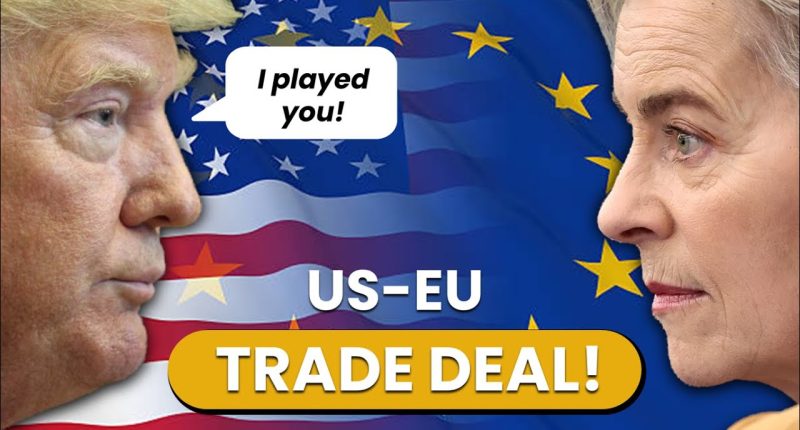The recent trade agreement between the United States and the European Union has averted a potential 30% tariff on EU exports to the US—a threat previously made by former President Donald Trump. However, the deal still imposes a 15% tariff on certain EU goods, which is notably higher than the 10% rate applied to UK exports under its separate trade pact with Washington.
Key Differences Between the US-EU and US-UK Trade Deals
1. Tariff Rates
-
EU: Faces a new 15% tariff on select exports to the US
-
UK: Benefits from a 10% tariff under its prior trade agreement
2. Scope of the Agreement
While the US-EU deal prevents more severe trade restrictions, it leaves uncertainty in critical sectors like steel and pharmaceuticals, where additional tariffs could still emerge. In contrast, the UK’s deal provides more stability, particularly for manufacturing and agricultural exports.
3. Economic Implications
Analysts suggest the UK’s lower tariff rate could give British exporters a competitive edge over EU rivals in the American market. However, the long-term impact depends on how the US enforces its trade policies moving forward.
For a deeper dive into global trade dynamics, check out this analysis from BBC News.
Will the UK Benefit from This Disparity?
The UK’s 10% tariff rate could make its goods more attractive to US buyers compared to EU products facing a 15% duty. This advantage may boost British exports in key industries, including:
-
Automotive
-
Whisky and beverages
-
Premium food products
However, experts caution that the US could revisit its trade terms with the UK in future negotiations. For the latest updates on trade policies, visit The Financial Times.
What’s Next for US-EU and US-UK Trade Relations?
The US-EU agreement marks a temporary truce, but tensions could resurface if Washington imposes additional tariffs on steel or pharmaceuticals. Meanwhile, the UK must leverage its current advantage while preparing for potential shifts in US trade policy under future administrations.
For ongoing coverage of international trade developments, follow Reuters.










